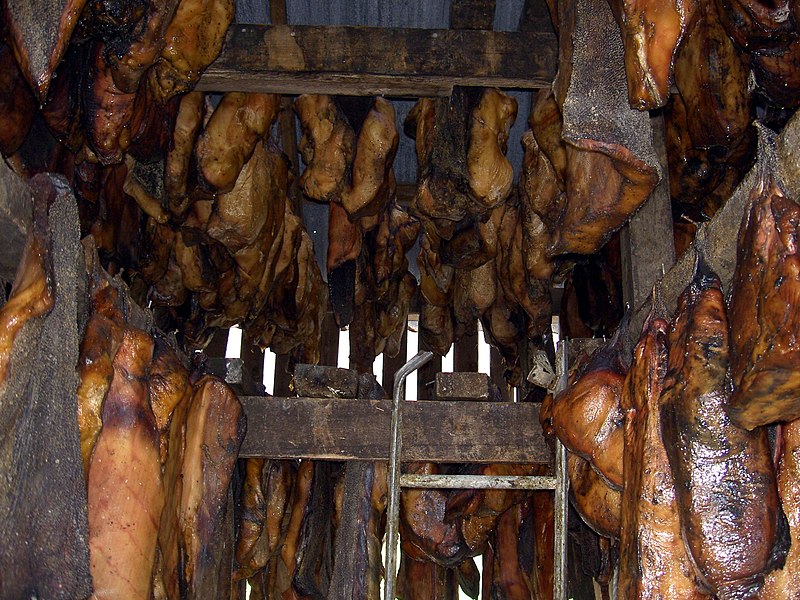Procyon has been struck down so now we move on to the crackoons, the snookum bears, the gatosolos, the loveable, adorable, inquisitive coatimundis.
What, me worry?
They're some of the most curious of the family, and the most curious-looking. Also curious is their taxonomy, as the term "coatimundi" or "coati" applies to two genera, Nasua (top middle in family ensemble), and Nasuella (directly below). According to genetics, the latter should be lumped with the former, but for the purpose of this post, we'll stay with the traditional pair of genera.
NASUA
Let's start off with the classic coatis: the ring-tailed coati on the left and the white-nosed coati on the right. They're pretty easy to recognize and share all coatimundi traits: long, skinny, banded tail, long snout, small ears, brownish fur, etc.
RING-TAILED COATI (Nasua nasua):
Also known as the South American coati (generally the most common name, but the author learned of it as the ring-tailed coati), this procyonid is one of the most famous of the genera, despite the fact many people have never heard of them. Also they have a particularly impressive yawn and have been called the Brazilian aardvarks.
If you keeping making that face, it'll freeze like that.
Female ring-tailed coatimundis are probably the most social of all procyonids, forming large bands numbering up to 30 individuals. Males are generally solitary, and were actually considered a different species, called the coatimundi. Oh science, you were so silly back in the day. Like all coatis and generally procyonids, they are semi-arboreal, almost like giant squirrels, being able to reverse their ankles and descends trees headfirst. Unlike raccoons, they are completely diurnal.
WHITE-NOSED COATI (Nasua narica):
Known by such names as the tejon, pizote, and antoon, the white-nosed coatimundi is about as famous as its South American counterpart. It is identified by its largely white snout, which luckily the ring-tailed coati lacks or otherwise this subfamily would be an entire screwup of names.
"I have a ringed tail too. Checkmate atheists."
Most of their range covers Mexico and Central America, but they are also naturally found in Arizona, New Mexico, and extreme northern Colombia. They can also be seen in Florida, where a breeding population seems to have descended from escaped captives. There is also a noticeable subspecies on Cozumel Island, where we met a yellow-tailed raccoon in the last post. It has been noted as a separate species in the past and some think it to have been introduced by the Mayans.
First the end of the world and then introduced coatis. What will the Mayans think of next?
They are slightly less social than the South American coatimundi, living in female groups up to 20 in number. Like raccoons, they regularly raid campsites and trashcans where humans have encroached on their living area. As I've mentioned before, this is due to their inquisitiveness: coatis are all curiousity.
NASUELLA
While members of Nasua look like adorable raccoons with aardvark noses, the members of Nasuella look like some unholy combination of a shrew, rat, and dachshund. They're rarely seen and not much info can be given. We do know that they are smaller than regular coatis, the eastern mountain coati (right) was thought to be a subspecies of the western until 2009, and that true to their common names, they live in the mountains of South America, primarily the Andes.
*checks notes*
Yup, that's it. Next time, we move to another ringtail of the US.
-------------------------------------------------------------
Alred E. Neuman coati - Proper credit cannot be given because of a loophole with that picture linking back to me but it is not the author's
Cozumel coati - Fickr user wynjym
"Ensemble" pictures - pictures used do not belong to author
Sources:
en.wikipedia.org
www.carnivoreconservation.org
The Illustrated Encyclopedia of Animals of the World by Tom Jackson
Wild Animals of the World by William Bridges
Book of the Animal Kingdom by Arnoldo Mondadori
Encyclopedia of Mammals by Dr. David MacDonald
















































